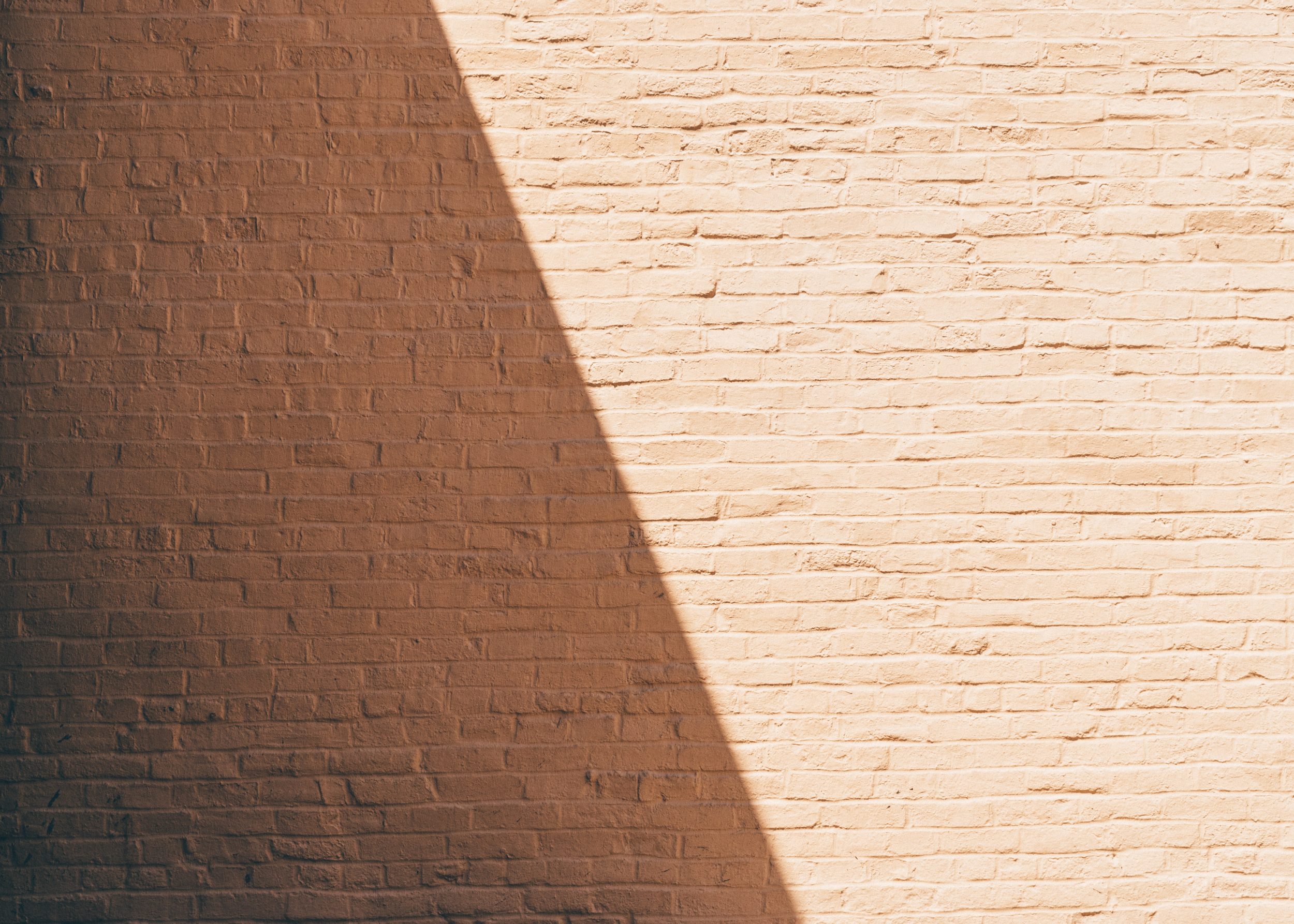At 3 a.m. on a Friday morning last April, I woke to say goodbye to Saboor, my cellmate and friend. He and I had decided to get up even earlier than usual so we could eat our last breakfast together and perform our final Fajr prayer. In a few hours, he would be transferred to a new facility — not by choice, but as a consequence of the Illinois Department of Corrections’ reclassification process.
Ours is an unlikely brotherhood. Saboor is a freckled, red-haired white kid from Decatur, a town 40 miles east of the state capitol in Springfield. I am a dark-skinned Black man with a beard more gray than black. I was raised in the Robert Taylor Homes on Chicago’s South Side. Growing up, my life was shaped by economic and racial segregation, and my contact with white people was characterized by virulent racism and violence.
By all typical measures, Saboor and I should not have trusted — let alone liked — one another. But over the years, I have come to love him as if we came from the same womb. And that morning, as we prepared to perform wudu, a ritual washing required before every prayer, I realized it might be the last time I would ever see him.
When I first met Saboor, he was fresh out of Tamms, Illinois’s now-closed supermax. He was still a card-carrying member of the Vice Lords (I had been a member of the Gangster Disciples, a rival gang, but had severed ties when I converted to Islam while on death row in 1995.) He had moved next door to me in C-House, and our initial contact was a result of a mutual love for chess. We’d play against one another during yard or in the gym; when we couldn’t see one another, we called out our moves over the din of the cellhouse. Our games were intense, as we both hated to lose. But we never disrespected one another. Ours was a friendly rivalry.
Around six months into our friendship, Saboor and I were walking the yard when he told me he planned to leave his gang and learn more about Islam. He stopped walking and looked me in the eye. “I want you to teach me how to pray in Arabic,” he said. I was honored. I smiled and told him, “As long as you are serious, I am down with you.”
From that point on, Saboor and I became inseparable. We ate together in the chow hall. We spent our yard and gym periods together. When we were out of our cells, you rarely saw one of us without the other.
Then, the unthinkable happened: Saboor went to segregation. But, as fate would have it, just as he was getting out, my then-cellmate moved to another cell house, and we became cellies. As is the case on the outside, it is usually a huge mistake to move in with your “best friend” in prison. It turned out to be the opposite with Saboor. If anything, we became closer. So close, in fact, that we began letting one another talk to our family members, something that is almost never done in prison.
Things were not always good; Saboor and I were not unlike other siblings. We fought and argued, though never physically. Still,we would rarely go more than a few hours without talking. We simply could not stay angry at one another.
One morning, just before Fajr, we had started arguing over some trivial point concerning jurisprudence in Islam. But as prayer-time arrived, we came together, and as soon as prayer was finished we both turned to the other and said, “I’m sorry,” sounding as harmonious as The Temptations singing “My Girl.”
When the pandemic began, Saboor and I were isolated together, locked in a cell built to cage only one human being. Cut off from the rest of the prison and with no else for company, we began to rely on one another to a degree I never would have imagined. In the months that followed, four of my family members would pass away from various illnesses. The most devastating loss was my youngest sister, Kim, who had been diagnosed with ovarian cancer. As it became clear that chemo would not save her, I became despondent — so despondent that I am not sure I would be here were it not for Saboor being by my side.
A few days after Kim finally succumbed, Saboor and I were preparing for prayer and I just broke down, sobbing uncontrollably. Saboor is a Tamms survivor, and one of the aftereffects of his ordeal is that he loathes physical contact. But at that moment, he embraced me.
That scene is indicative of the bond I had with Saboor, the sort that was not at all common here. Prisons are fraught with danger; predatory and antisocial behavior abound. You learn quickly that trust and vulnerability are anathema to safety and survival. As someone who has spent more of my life in captivity than I have in civilized society, I would never have imagined forming such a bond with anyone in prison, let alone someone so different from me.
That Friday morning, as Saboor and I gathered to say our goodbyes, we promised to pray for one another. And in the months since his departure, I have thought a lot about the violence that prison does to the bonds we forge together, person to person. This severing of ties is not unlike what happens to any convicted person who goes to prison: Incarceration destroys a person’s bonds with their family, friends, and community. Some might say this is natural and deserved, an appropriate consequence of having broken the social contract. After all, I am a convicted murderer — and so is Saboor. Why should anyone be overly concerned with tearing our friendship apart? Why should anyone care about the emotional and social bonds of so-called “violent offenders”?
I have no problem arguing that people like me — particularly those who are truly guilty — are the way we are because of some deficiency in our character, fixed in a distant past. Our crimes are a consequence of dysfunction that resulted in antisocial, even sociopathic, behavior. That being so, it would behoove society to care — and be invested in — our resocialization, rehabilitation, and reintegration. Learning to establish, nurture, and maintain healthy, functional relationships is a vital part of our restoration. If someone once exhibited inhuman behavior, doesn’t it make sense to humanize them?
Retribution typically entails punishment that inflicts pain, suffering, and the denial of things that provide love, comfort, dignity, and joy. But at what cost? Prisons are violent places that normalize violence, making it unsafe for prisoners and officers alike. To the extent redemption is even possible in such harmful conditions, healing people who are broken is not being “soft on crime.” It is not coddling criminals to nurture their humanity and restore them to useful citizenship. Forming and maintaining the ties that bind is how a healthy and safe community is created, and that cannot exist until we make it our mission to heal and restore the least of us, the ones we deem repugnant and irredeemable.
Image: Khara Woods/Unsplash

